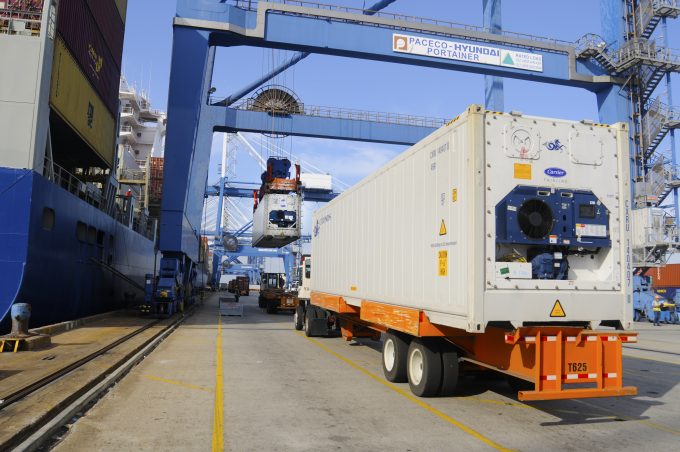Liner schedule reliability worsened in a Q4 'rife with challenges'
The pervasive headwinds of Q4 24 translated into yet another decline in ocean shipping schedule ...

Recession-proof reefer shipping continues to outpace dry cargo growth, while worsening equipment shortages and carrier reliability provide opportunities for perishables specialists.
In its Reefer Shipping Annual Review and Forecast 2020/21 report, Drewry says seaborne perishable cargo growth slowed in 2019, but, due to broader resilience in the food supply chain, it would better weather the economic fallout from the Covid-19 crisis than dry cargo.
The slowdown last year saw worldwide reefer trades recording just 1.7% growth, to 130.5m tonnes, the weakest rate ...
Volcanic disruption at Anchorage could hit transpacific airfreight operations
Macron calls for ‘suspension’ – CMA CGM's $20bn US investment in doubt
De minimis exemption on shipments from China to the US will end in May
Forwarders stay cool as US 'liberation day' tariffs threaten 'global trade war'
Trump tariffs see hundreds of cancelled container bookings a day from Asia
Mixed response in US to 'Liberation Day', while China leads wave of retaliation
Tariffs and de minimis set air freight rates on a volatile course


Comment on this article